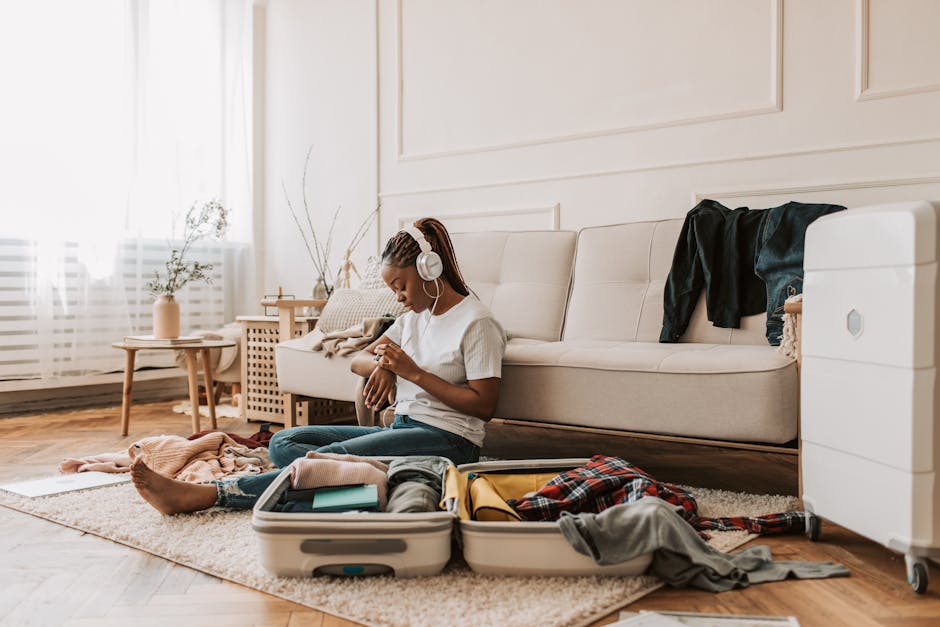Minimalist Living: The Art of Simplifying Life with Purpose
Minimalist living is more than a trend—it’s a purposeful approach to life that centers on simplicity, intentionality, and clarity. At Style QA, we believe that embracing minimalist living can unlock a life of greater freedom, less stress, and deeper fulfillment. In this comprehensive guide, you’ll discover how minimalist living can transform your home, habits, mindset, and overall well-being.
What Is Minimalist Living?

Photo by Y O U S E F M O R S I on Pexels
Minimalist living is about intentionally choosing what adds value to your life and letting go of what doesn’t. By focusing on quality over quantity, you create a living environment and lifestyle that reflect your true priorities. Minimalism isn’t about deprivation—it’s about making space for what matters most. This philosophy encourages you to live mindfully, reduce distractions, and align your surroundings with your values.
At the heart of minimalist living is the belief that less is more. By simplifying your possessions, commitments, and mental clutter, you can experience greater clarity and peace. Whether you’re seeking to declutter your home, streamline your schedule, or find contentment with less, minimalist living offers a path to a more meaningful and purposeful existence.
Decluttering: The First Step Toward Minimalism
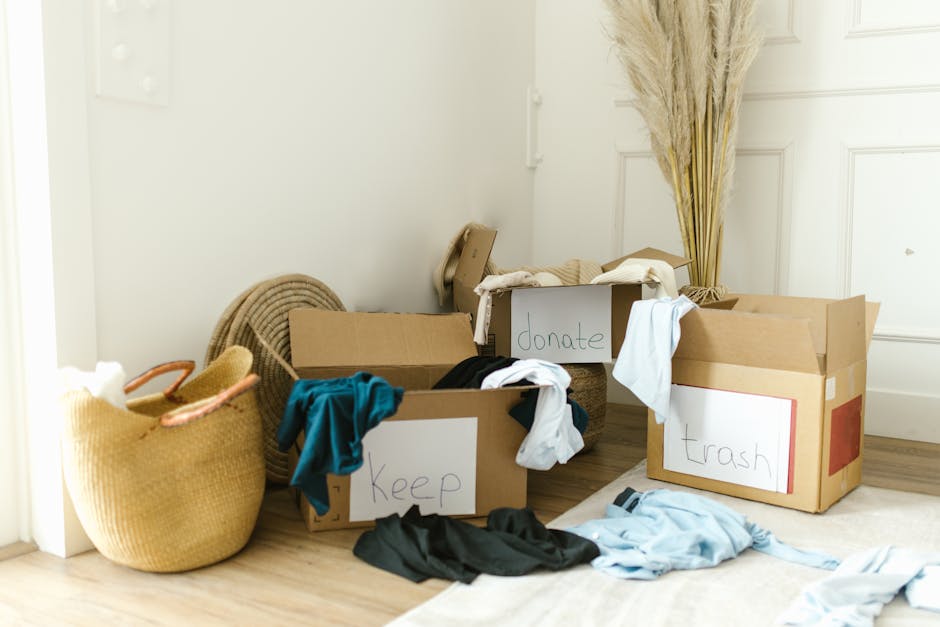
Photo by RDNE Stock project on Pexels
Decluttering is the foundational step in minimalist living. It involves evaluating your belongings and letting go of items that no longer serve a purpose or bring you joy. Start by tackling one area at a time—whether it’s your closet, kitchen, or digital files. Ask yourself if each item truly adds value to your life. If not, consider donating, recycling, or discarding it.
Decluttering is not a one-time event but an ongoing process. Regularly reassess your possessions to maintain a clutter-free environment. As you clear physical space, you’ll likely notice a sense of relief and increased mental clarity. A decluttered space can reduce stress, improve focus, and create a calming atmosphere in your home.
Practical tips for decluttering include the “one in, one out” rule—every time you bring a new item into your home, let go of a similar one. This habit helps prevent accumulation and encourages mindful consumption. Remember, the goal is not to own nothing, but to own only what truly matters.
Adopting a Minimalist Mindset
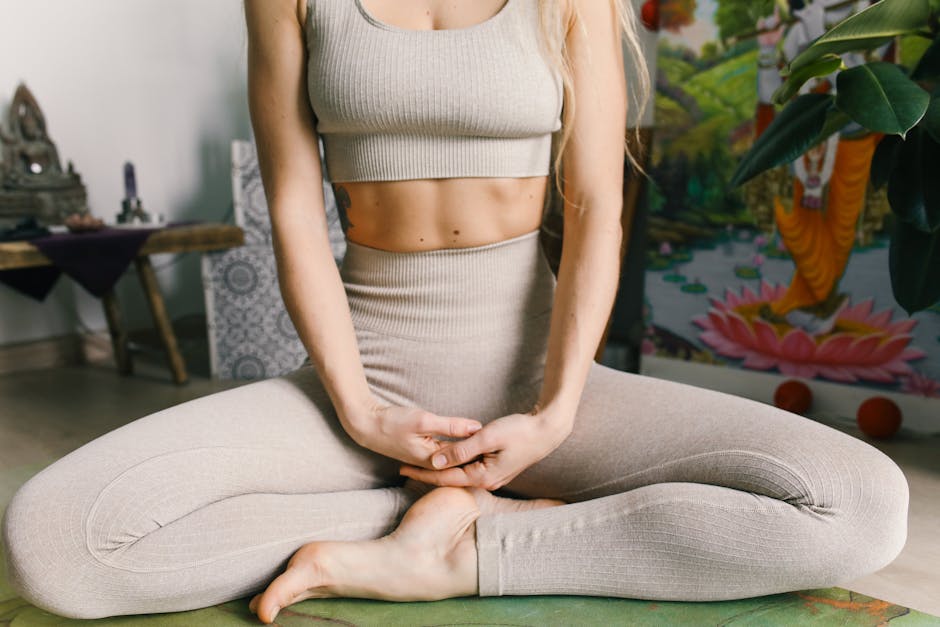
Photo by Polina Tankilevitch on Pexels
Minimalist living extends beyond your physical space; it’s a mindset shift that influences your decisions and habits. Embrace intentionality by asking yourself whether a purchase or commitment aligns with your values and long-term goals. Before acquiring something new, pause and consider if it will add lasting value to your life.
This mindset encourages thoughtful consumption and helps you resist the pull of consumer culture. Focus on experiences rather than possessions, and prioritize quality over quantity. Investing in durable, multi-functional items can simplify your life and support sustainability.
Minimalist living also involves setting boundaries with your time and energy. Learn to say no to obligations that don’t align with your priorities. By limiting commitments, you create space for what truly matters and avoid feeling overwhelmed by busyness.
Minimalist Habits for Everyday Life

Photo by atelier Moss on Pexels
Building minimalist habits can help you sustain a simpler lifestyle. Start with small, intentional changes that align with your goals. For example, designate “no-buy” months to curb unnecessary spending and reassess your needs. Unsubscribe from emails and notifications that create digital clutter and distract you from what’s important.
Batch similar tasks together to save time and increase efficiency. For instance, pay bills on the same day each month or prepare meals in advance. These habits reduce decision fatigue and free up mental space for creativity and relaxation.
Practice gratitude by regularly reflecting on what you have. This habit shifts your focus from what’s lacking to what’s abundant, fostering contentment and appreciation for simplicity. Minimalist living is about finding joy in less and making room for meaningful experiences.
Minimalism on a Budget: Frugal and Simple Living

Photo by Photo By: Kaboompics.com on Pexels
You don’t need a large budget to embrace minimalist living. In fact, minimalism often leads to financial freedom by reducing unnecessary expenses. Prioritize needs over wants and make intentional purchases that serve a clear purpose. Shop secondhand, borrow, or repurpose items before buying new.
Minimalist living encourages you to invest in experiences rather than things. Allocate resources toward activities that enrich your life, such as travel, learning, or spending time with loved ones. By focusing on what truly matters, you can achieve a more fulfilling and financially sustainable lifestyle.
Frugality and minimalism go hand in hand. Both approaches emphasize mindful spending, resourcefulness, and a commitment to living within your means. As you simplify your life, you’ll likely find greater contentment and less financial stress.
Organizing Your Home the Minimalist Way
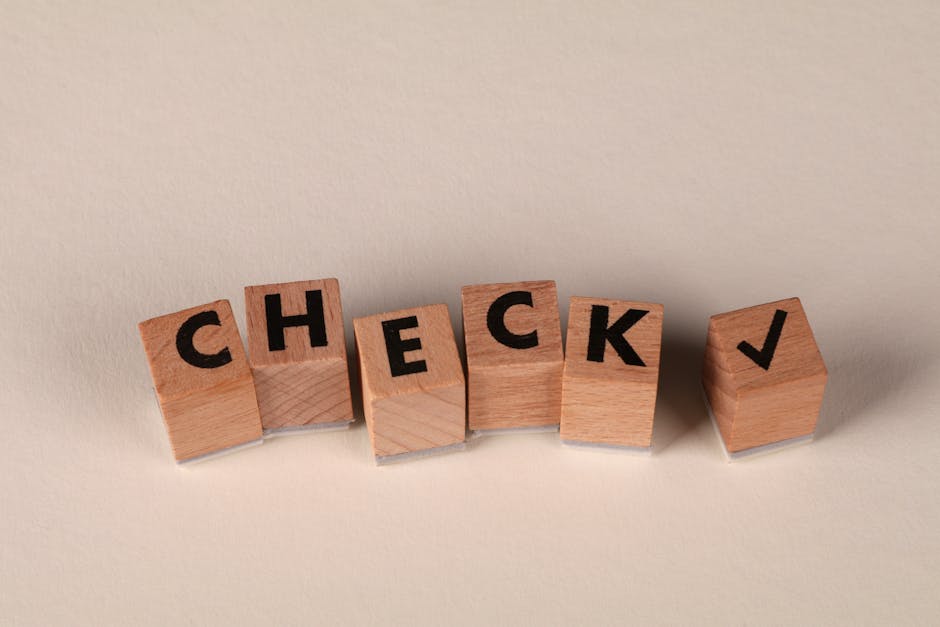
Organizing your home with a minimalist approach involves creating systems that support simplicity and efficiency. Store items where they are used most often and keep surfaces clear to promote a sense of calm. Use storage solutions that are functional and unobtrusive, avoiding excess containers that can contribute to hidden clutter.
Digitize documents and photos to reduce paper clutter and ensure easy access when needed. Regularly review and update your organizational systems to maintain order. Minimalist organization is about creating a home that supports your lifestyle and reflects your values.
Remember, organization is not about perfection but about functionality. A well-organized space makes daily routines easier and frees up time for activities you enjoy. By maintaining order, you can fully appreciate the benefits of minimalist living.
Minimalist Living for the Mind and Soul

Photo by SHVETS production on Pexels
Minimalist living isn’t just about your physical environment—it also nurtures your mental and emotional well-being. Practice mindfulness by incorporating moments of silence, stillness, and solitude into your daily routine. These practices help you reconnect with yourself and create space for reflection.
Limit exposure to information overload by curating your media consumption and setting boundaries with technology. Focus on meaningful connections and activities that bring you joy. Minimalism for the mind involves letting go of negative thoughts, unrealistic expectations, and unnecessary stressors.
By simplifying your mental landscape, you can experience greater clarity, resilience, and inner peace. Minimalist living empowers you to focus on what truly matters and cultivate a life of purpose and insight.
Building a Minimalist Wardrobe
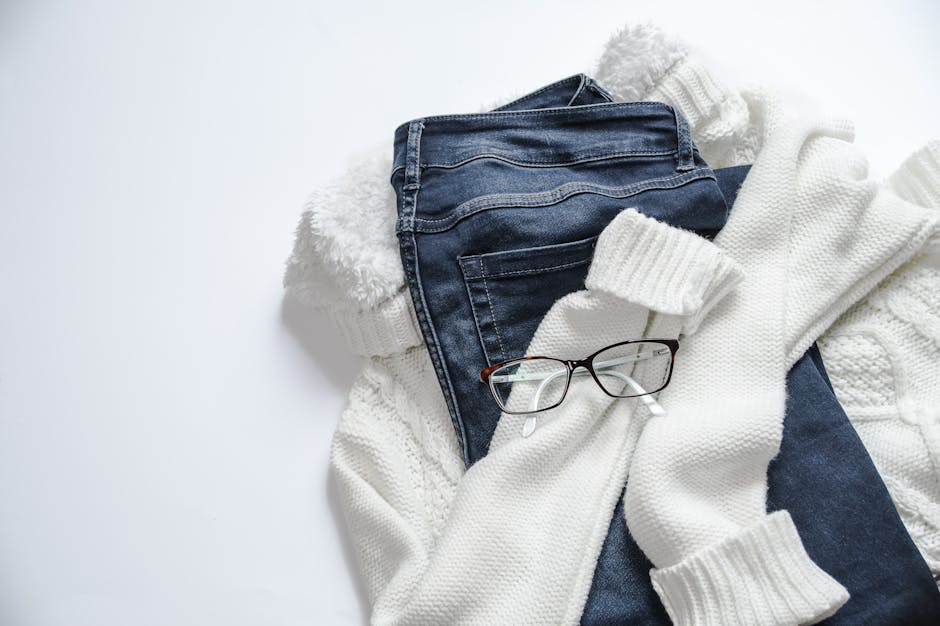
Photo by Ylanite Koppens on Pexels
A minimalist wardrobe is built on versatility, quality, and personal style. Start by assessing your current clothing and keeping only items that fit well, suit your lifestyle, and make you feel confident. Donate or sell pieces that no longer serve you.
Focus on timeless, neutral pieces that can be mixed and matched for various occasions. Prioritize quality over quantity by investing in durable fabrics and classic designs. A curated wardrobe reduces decision fatigue and simplifies your morning routine.
Adopt the “one in, one out” rule for clothing purchases to maintain balance. By embracing a minimalist wardrobe, you can express your style with intention and avoid the clutter of fast fashion trends.
Minimalist Living with Family

Photo by NEOSiAM 2024+ on Pexels
Minimalist living can be adapted for families of all sizes. Involve family members in the decluttering process and encourage open communication about shared values and priorities. Create routines and systems that simplify daily life, such as meal planning or shared calendars.
Focus on meaningful family experiences rather than accumulating possessions. Encourage children to value quality over quantity and to find joy in simple activities. Minimalist living as a family fosters connection, cooperation, and a sense of shared purpose.
Remember, minimalism is not about perfection but about progress. Each family member can contribute to a simpler, more intentional home environment.
Overcoming Challenges on the Minimalist Journey
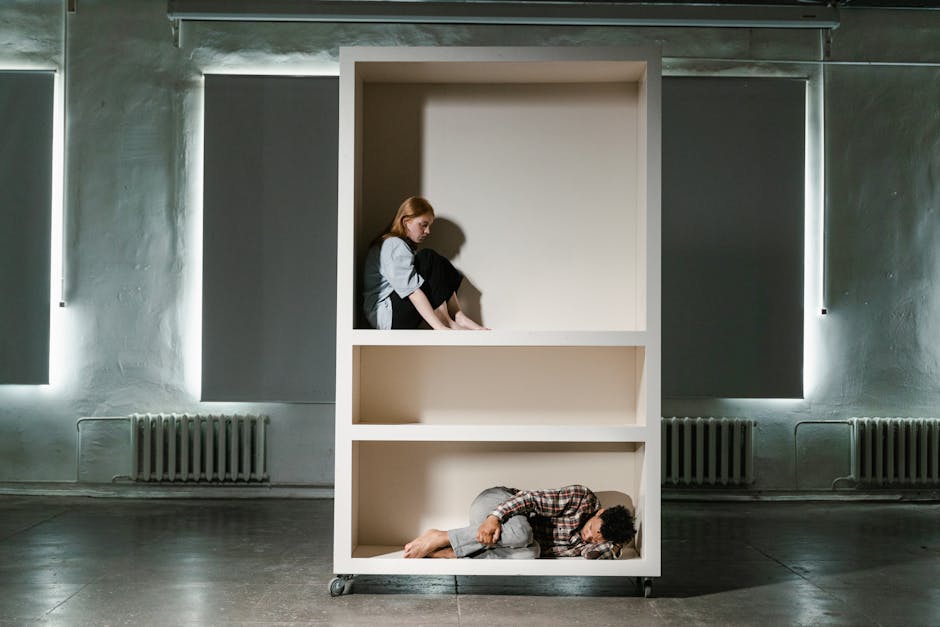
Photo by MART PRODUCTION on Pexels
Transitioning to minimalist living can present challenges, especially in a culture that values consumption. It’s normal to encounter resistance, whether from yourself or others. Stay motivated by focusing on your reasons for embracing minimalism and celebrating small victories along the way.
Address emotional attachments to possessions by reflecting on the memories or values they represent. Consider taking photos of sentimental items before letting them go. Seek support from like-minded communities or friends who share your goals.
Minimalist living is a personal journey, and there’s no one-size-fits-all approach. Be patient with yourself and allow your lifestyle to evolve over time. The rewards—greater freedom, clarity, and purpose—are well worth the effort.
Minimalist Living: A Lifelong Practice

Minimalist living is not a destination but a continuous practice of intentionality and self-discovery. As your needs and values change, so will your approach to minimalism. Regularly reassess your possessions, habits, and commitments to ensure they align with your current goals.
Celebrate the progress you make and the lessons you learn along the way. Minimalist living invites you to live with purpose, embrace simplicity, and find beauty in less. By cultivating this mindset, you can create a life that is styled with purpose and answered with insight—true to the spirit of Style QA.
Sources
- https://cappuccinoandfashion.com/minimalist-habits/
- https://www.youtube.com/watch?v=zvpDhQ6a1As
- https://emilypfreeman.substack.com/p/a-soul-minimalists-guide-to-2025
- https://www.ekster.com/blogs/the-journal/how-to-stay-organized-and-embrace-minimalism-in-2025
- https://www.theantiquedjourney.com/minimalism-on-a-budget-my-top-tips-for-frugal-living-in-2025/

